Thread Count
What is the optimal thread count for down and feather products? How does thread count affect the quality, feel, and price of a product? Read on to find answers to common questions about thread count!
Let's start with the basics. What is thread count?
Short Answer: Thread count refers to the number of threads per square inch of fabric.
Long Answer: The total number of threads in a square inch is calculated by adding the threads running right and left (weft) and the threads running up and down (warp). The higher the thread count, the thinner the threads are, and therefore, the softer and smoother the fabric feels. Higher thread count fabric is generally more expensive than lower thread count fabric.

Does higher thread count mean higher quality fabric?
Short Answer: Not necessarily.
Long Answer: When we talk about the thread count of down and feather products, we are referring to the thread count of the shell. A very high thread count shell is not ideal for a few reasons. Let’s take a 1000 thread count shell, for example. In order to fit 1000 threads in a square inch, the threads would need to be extremely thin, resulting in a fabric that is not very durable or long-lasting.
A product that is advertised as having a 1000 thread count shell is likely double ply. This means each thread is actually made up of 2 threads twisted together. Therefore, the thread count is technically 500 (isn’t that tricky?!) 1000 thread count double ply fabric is heavy and doesn’t breathe well, making it less suitable for down and feather products.

What is the ideal thread count for down and feather products?
Short Answer: It depends.
Long Answer: Single ply, lower thread count fabrics are lighter, allowing down to loft properly. A down or feather duvet should have a shell with a thread count of 233 to 500. Shells with thread counts below 233 may allow the fill to leak, while shells with thread counts over 500 may be too fragile (if single ply) or too heavy (if double ply).
Which thread count is best depends on what is most important to you, the consumer.
A 300 - 500 thread count shell will be more breathable, softer and less noisy.
Lower thread count fabric, like 233, is more durable and cost effective. Lower thread count shells are noisier, as they are made with thicker, coarser thread. The good news is: duvet shells soften over time, becoming less starchy and noisy (just like your favourite jeans!)

Have more questions about thread count? Submit a comment below!
Illustrations by Amanda Nguyen

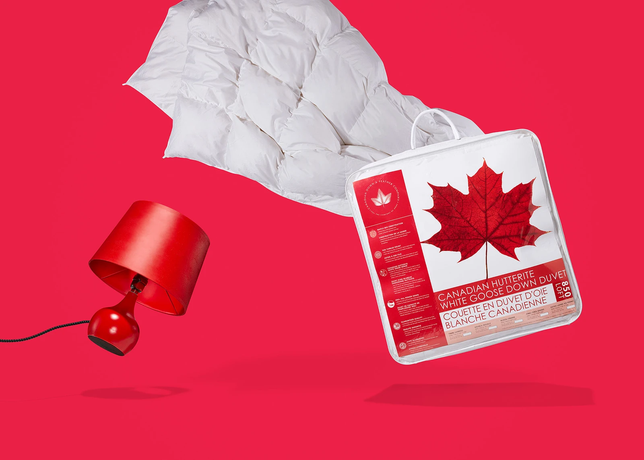
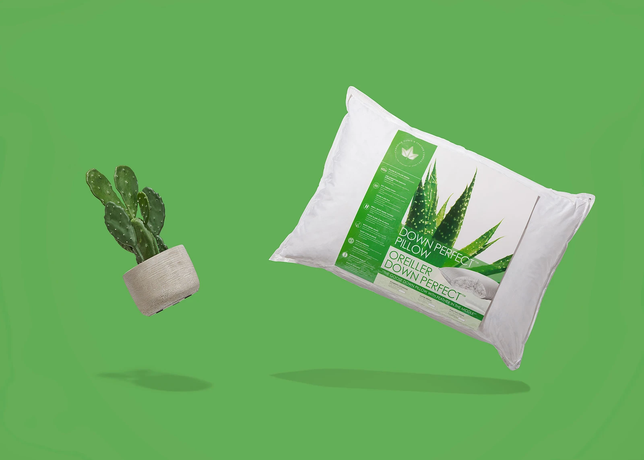
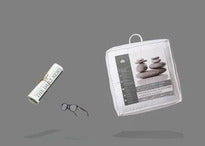
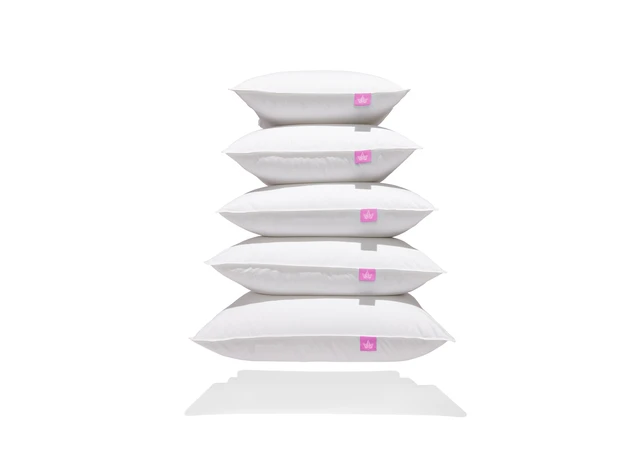
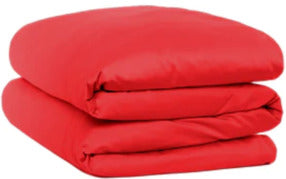
Leave a comment
This site is protected by hCaptcha and the hCaptcha Privacy Policy and Terms of Service apply.